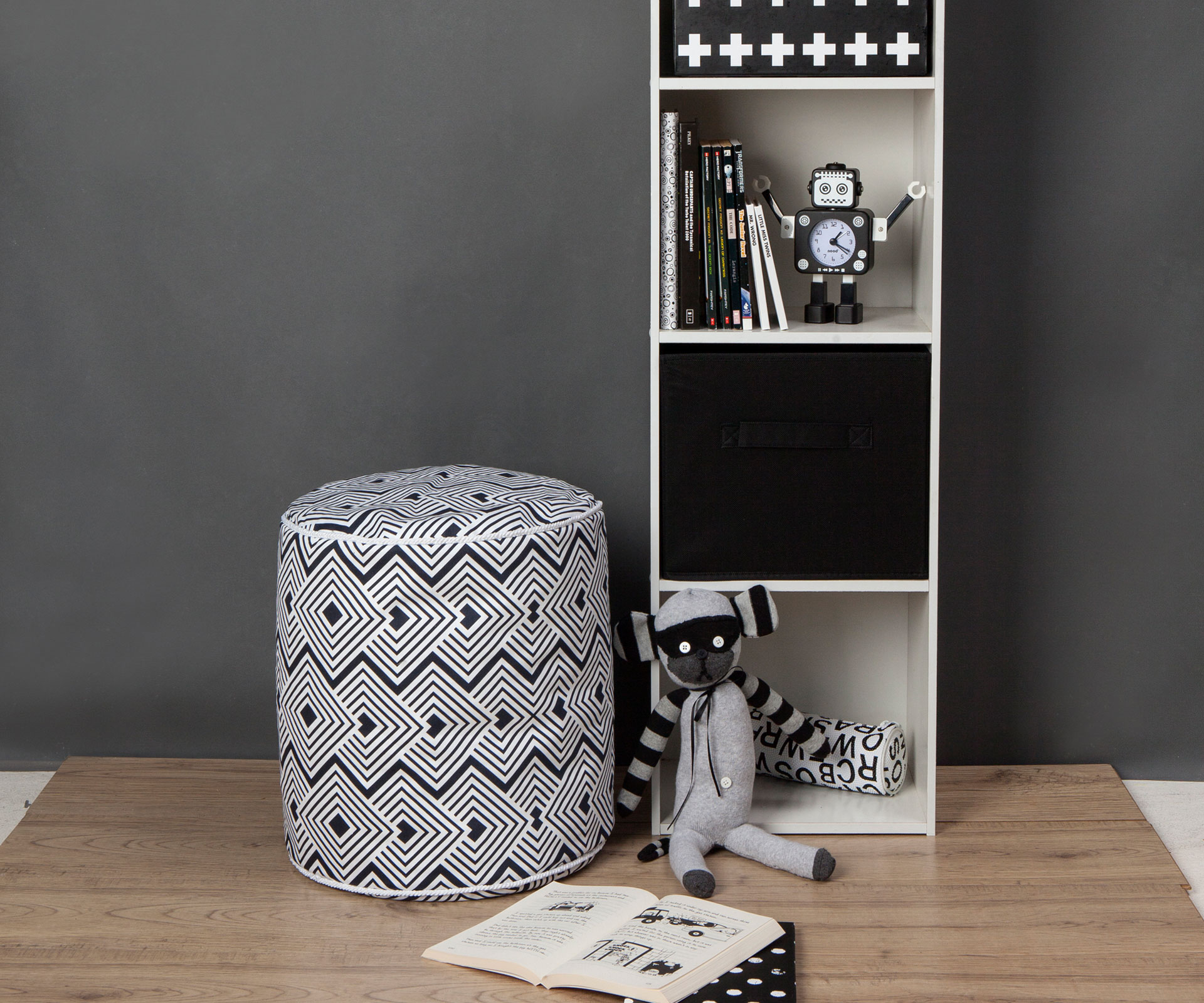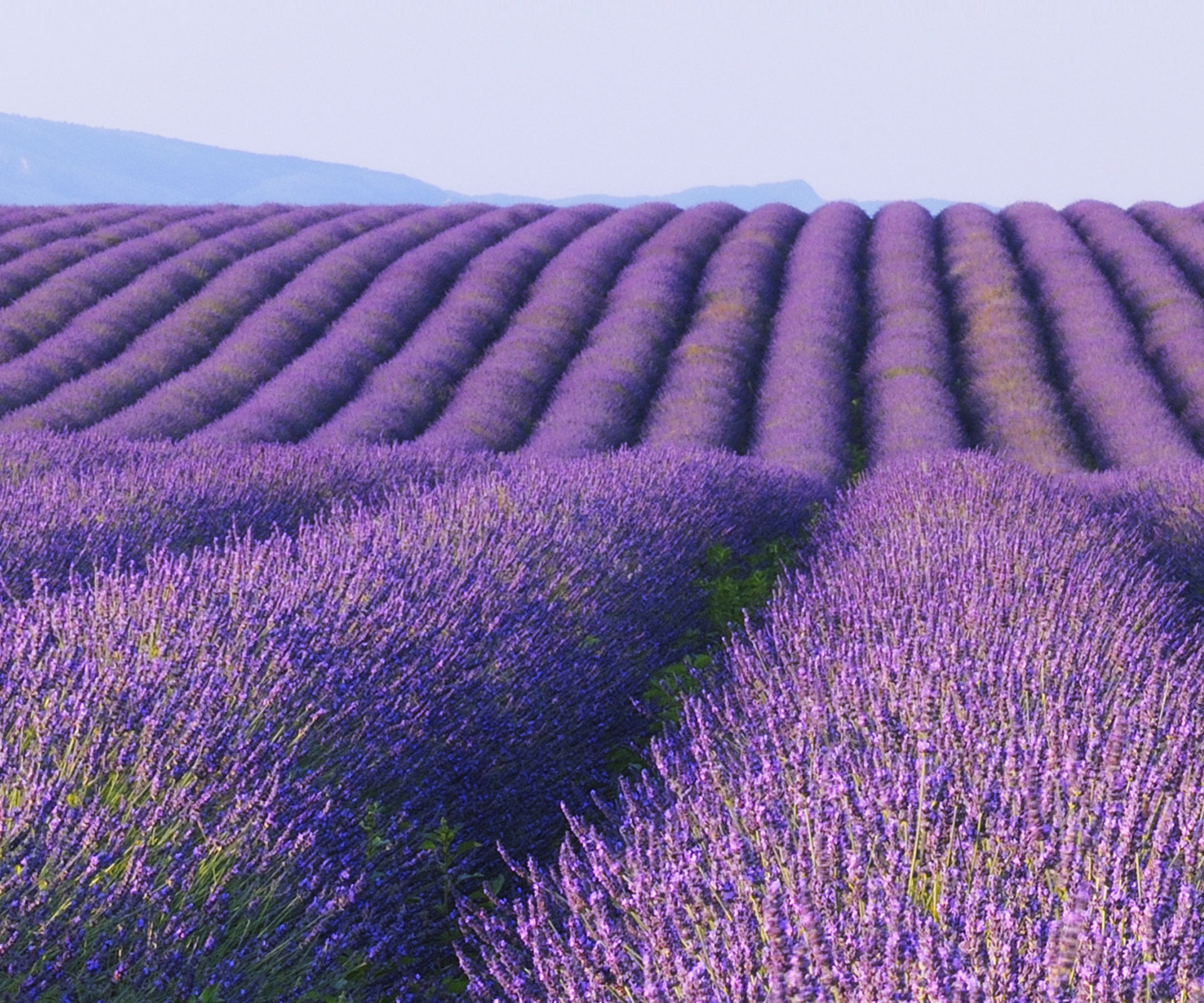I think the last time I spent any length of time in the Dunedin Botanic Garden was when I was about 20. The garden sat neatly between my flat and my favourite pub so I traversed the woodland paths frequently – although it was usually in the middle of the night and I didn’t have much appreciation of plants in those days anyway.
More recently – from about 10 years ago – I’ve been back briefly on Rhododendron Day, but there’s a lot more there than rhodies, as my forays on its website remind me. It has many plant articles written by the different curators and one on rock gardens got me hooked. The writer describes it as “a bounty of delicious little treasures tucked into every available space”. Who could resist?
We’re currently reconstituting a rocky bank at our place, and I think this visit will broaden our minds when it comes to the planting plan. Having read up on some of the plants in the Dunedin garden, I don’t think the three Gs – gravel, grasses and grevilleas – will do it for me. Plants from all over the world and many differrent habitats are represented in the Dunedin rock garden – the coastal Mertensia maritima from the northern hemisphere with glaucous foliage and blue flowers, Celmisia and Aciphylla from mountain regions of New Zealand and the many colours of the African daisy Arctotis.
They’re all so interesting. There are species with underground storage organs such as Romulea, short-lived plants like the annual Linaria, a gorgeous, grassy perennial called Thrift with pink flowers, and shrubs and miniature trees, including the dwarf Rowan Sorbus reducta from the mountains of Tibet. The plants have been chosen to form layers of protection for one another. I’m also looking forward to meeting a few skinks. Brown skinks were everywhere when I was at primary school in Dunedin and I haven’t seen one since. But when it’s nice, they’re out sunning themselves in the rock garden.

Arctotis: This example of the rock garden plant Arctotis won a Royal Horticultural Society’s Award of Garden Merit.
Design a rock garden
Choose your site
You probably won’t need to do this as most residential rock gardens exist either because the rocks were already there or the site is too steep and difficult for anything else. As long as it gets a decent amount of sun, drains well and has good air circulation, it’ll be fine.
Choose your rocks
If you’re starting from scratch, you’ll have to scavenge or buy rocks. Buying is easier because they’ll be delivered all at once. I like a level of uniformity and prefer the rocks to match. We have gardens featuring volcanic rocks and gardens featuring big, round, brown rocks – but never the twain shall meet. You might be more relaxed and prepared to mix and match your rocks more.
Place your rocks
Mimic the natural geology and put flat, sedimentary in horizontal layers. If you have big, rounded rocks, bury a portion of them in the ground. It looks better and stops them rolling down the bank and killing passers-by. Build ledges and clusters with pockets of soil for your plants. Don’t wreck yourself moving them. Get a friend with big muscles or a small digger or both – it’ll be a godsend. And get a gizmo called a cant hook. It enables even a person with normal-sized muscles like mine to shift rocks. You can buy them new or you might find one in a junk shop or at a garage sale.
Pick your plants
Think alpine. Many alpine plants have deep, fleshy roots and small leaves, which conserve the moisture. You can also use hardy herbs like thyme, rosemary, oregano and marjoram, which spread easily.
Maintenance
Most rock garden plants are undemanding and won’t thank you for showering them with fertiliser and herbicides. They need very little feeding or pruning. However, keep your rock garden well-weeded – get rid of any as soon as they start to appear and try to take over.

Sarcococca confusa
Another Dunedin Botanic Garden experience I’m looking forward to is meeting the ultimate low- maintenance shrub. It grows well in sun or shade and flowers during winter and spring. It’s so highly scented that if I was going to be there when it was in flower, I would be able to smell it before I saw it, I’m told.
The fabulous Sarcococca confusa, commonly called sweet box, has a sweet and powerful fragrance. The flowers are small, creamy white and mostly hidden under the leaves. The flowers
are followed by black berries.
Easy to grow, this shrub looks best in the shade, where it retains its deep green leaves. It doesn’t mind being trimmed and it grows well as a hedge. There’s a group of these little treasures at the edge of the pathway in the Clive Lister Garden. Sniff them out!

Super shrub!


